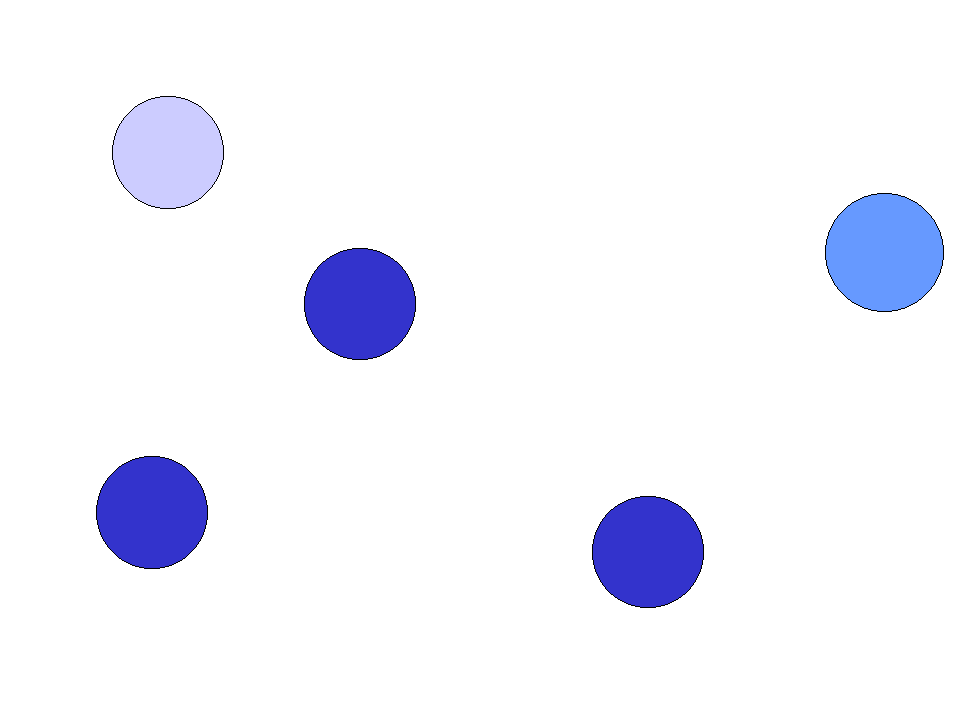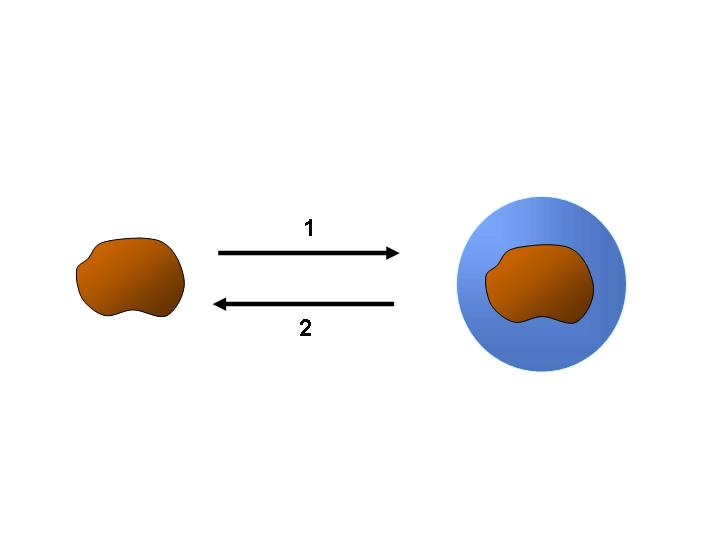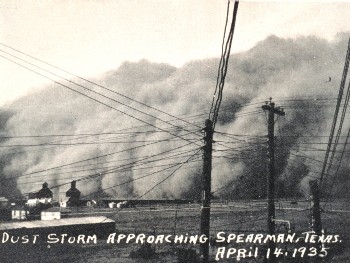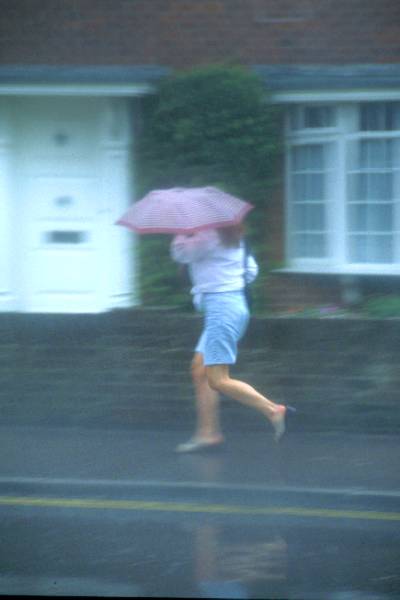 > English > Climate Encyclopaedia > Clouds and Particles > more > 2. Particles > - Transformation and removal
> English > Climate Encyclopaedia > Clouds and Particles > more > 2. Particles > - Transformation and removal
|
Clouds & ParticlesMore |
Transformation and removalAerosol particles typically stay one week or less in the troposphere. Sooner or later these particles are lost from the air and there are two ultimate exits: dry and wet deposition. However, before particles return naturally to the Earth's surface, their size, concentration, and chemical composition may change. |
|
Evolution of particles in the atmosphereSeveral mechanisms can change the physical and chemical characteristics of a particle. As they are continuously moving, particles may collide with other particles. Sometimes collisions make particles stick together to form new larger particles. This process is known as coagulation and leads to a continual removal of small particles replaced by larger ones. Water vapour can condense on particles and thus the particles grow as agglomeration proceeds. |
The cloud: a big laboratoryAerosols play an important role in the formation of clouds. Clouds form when water vapour condenses onto certain types of aerosols known as cloud condensation nuclei (CCN). So during cloud formation some aerosols become cloud water droplets. In a water droplet, aqueous chemical reactions can take place, in the same way as in a test tube during your chemistry experiments.
|
|
Only a very few clouds lead to rain. Most cloud droplets simply evaporate rather than grow into raindrops. The aerosol particle left after the water has evaporated is often rather different from the original aerosol, both chemically and physically (its size may have changed). A single aerosol particle undergoes many condensation-evaporation cycles before it is removed from the air either in rain or through dry deposition. Transformation of aerosols in clouds is known as cloud processing. |
Deposition - how particles are removed from the atmosphereWhen particles fall out of the atmosphere onto surfaces and the process doesn't involve water, the removal mechanism is called dry deposition. When the particles are scavenged by atmospheric water (like rain or snow), the removal process is called wet deposition.
|
In a dry still atmosphere, sedimentation processes control how big the largest particles in the atmosphere are. Dry deposition is, however, strongly related to atmospheric movements, like wind. Wind can keep large particles in the air and can carry them long distances away from their source. |
|
|
Wet deposition occurs when there is water in the air, either in the clouds themselves or in the air below the clouds. Aerosol particles below the cloud can also be scavenged by the falling raindrops or snowflakes and removed from the atmosphere. |
|
Wet deposition is very efficient at cleaning the atmosphere: look at car windscreens after rain, they often have a layer of dust on them and the air we breathe often feels cleaner after a big rain storm.
|
|




